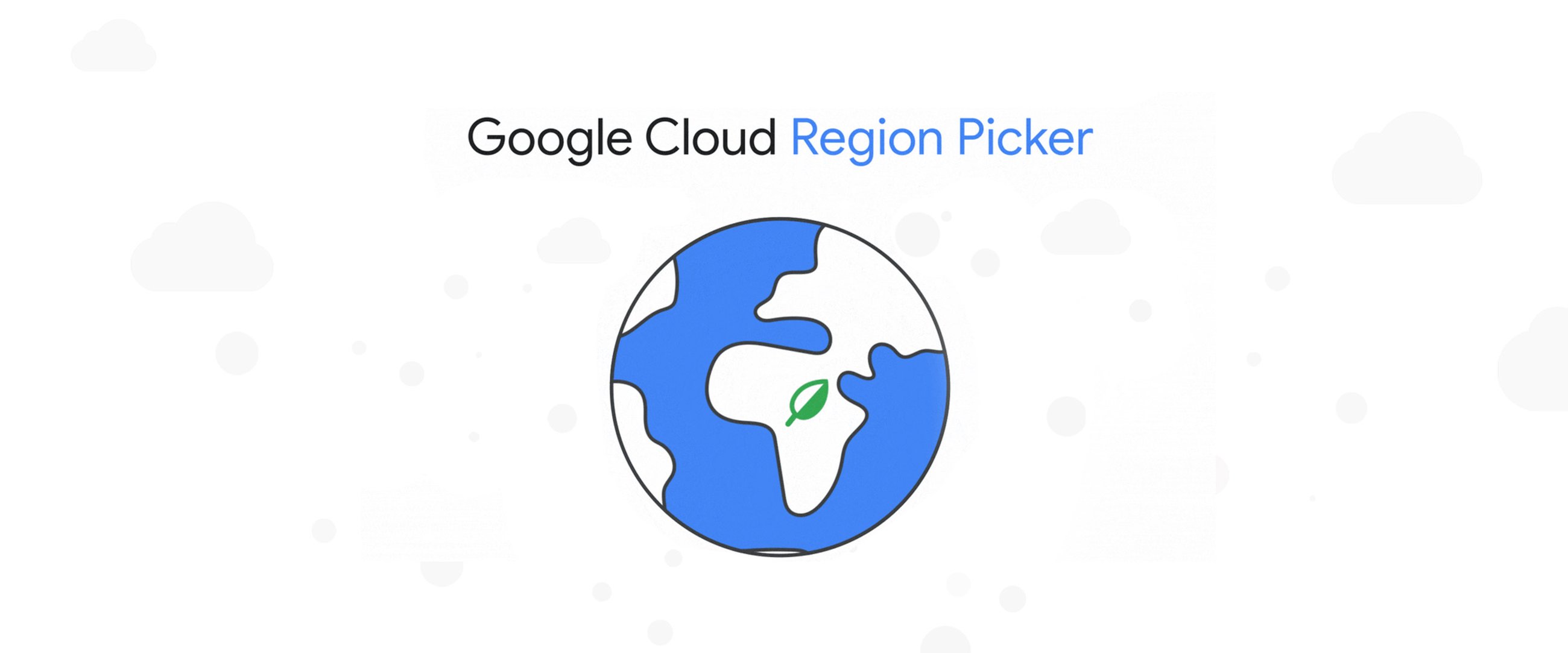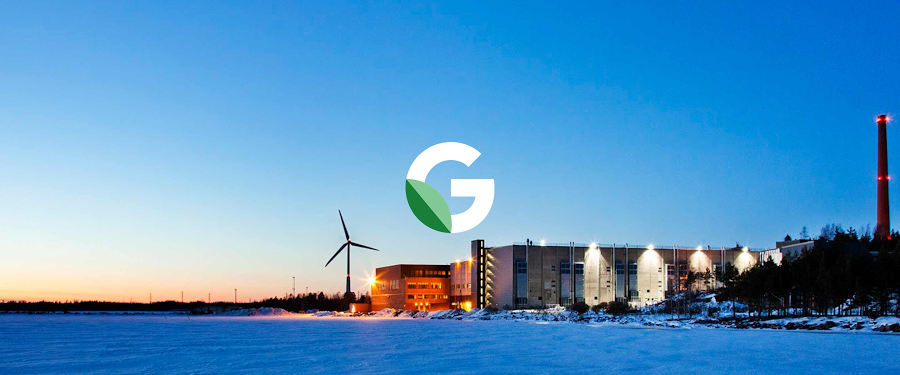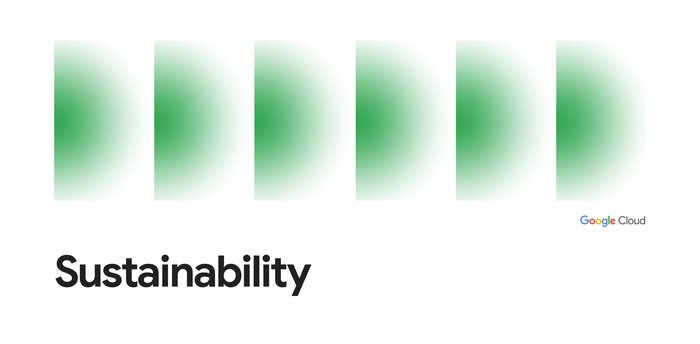Faster, cheaper, greener? Pick the Google Cloud region that’s right for you

Chris Talbott
Cloud Sustainability
Steren Giannini
Director, Product Management
When it comes to sustainability, we get more done when we move together. That’s why Google Cloud partners with nonprofits, research organizations, governments, and businesses to build technology and tools to accelerate meaningful change.
Technologies like machine learning are proving to be invaluable for tackling unique challenges like identifying species in biodiversity and restoration projects such as those being done by Wildlife Insights. Data analytics tools like BigQuery can deliver insights into real-time energy consumption data, helping energy managers at E.ON make decisions that reduce costs and CO2 footprint. And hyper-efficient infrastructure is helping customers like Carrefour reduce their energy use. Using all the tools we have at Google Cloud, we’re committed to helping make your digital transformation a sustainable one too.
As we continue to operate the cleanest cloud in the industry we’re working with a growing group of cloud customers focused on reducing the carbon impact of their operations. Over 90% of global IT leaders plan to or currently report on sustainability metrics, with 26% of those leaders accelerating emissions reduction projects in the past year1. In the past year we’ve worked with over 50 customers to evaluate their IT estates for their carbon impact. From digital image libraries to huge data lakes, we’ve seen potential net-carbon reductions from a few thousand kg of CO2e to many kilotons, combining the determination of our customers and Google’s net carbon neutral cloud.
While we match all of the electricity we consume on a global and annual basis with wind and solar purchases (which helps zero out the net carbon impact of Google Cloud Platform and Workspace), we’re working on carbon-free energy, 24/7. Completely decarbonizing the electricity supply is critical to realizing a carbon-free future and averting the worst impacts of climate change.
To help our customers do this, last month we shared the average hourly Carbon Free Energy Percentage (CFE%) for the majority of our Google Cloud regions. Today, we’re sharing a new tool leveraging this data— a Google Cloud region picker—that helps customers assess key inputs like price, latency to their end users and carbon footprint, as they choose which Google Cloud region to run on.


Using the region picker, you weigh factors from “Not Important” to “Important” and select the region from where your user traffic emanates, if applicable. For the almost 90% of developers and IT executives we surveyed2 who would move to a more sustainable data center option, this tool should help them make that decision quickly, using just three inputs:
Carbon footprint is based on the amount of carbon-free energy supply for each region.
Cost uses the price for generic compute instances in the region.
Latency is approximated using physical distance between selected countries and the city or country of the region.
The list of recommended Google Cloud regions changes dynamically, stack ranked based on the values you input into the tool. We know different types of workloads have different requirements, so you can easily test different priorities. In our research3, production workloads serving user traffic most frequently ranked performance or latency as their top requirement; internal systems like HR or billing ranked performance and data residency the top requirement. However, for best-effort workloads like batch jobs or backup, carbon scores were ranked as the top characteristic more than any other factor.
For companies like Snap Inc., and their sustainability lead Emily Barton, reducing the carbon impact of their digital infrastructure is an important sustainability target for the company. “We’re collaborating with Google to make carbon-free energy data and carbon considerations more useful for users at Snap,” said Emily Barton.
Similarly, customers like Salesforce are working to decarbonize its own infrastructure and the services it provides to customers, using our CFE data to help reduce its footprint.
We’re working to integrate carbon considerations more commonly into application development, data center migration, multi-region or multi-cloud design and architecture. Our partners like SADA Systems are joining us in the effort. “As a leading Google Cloud partner committed to bringing innovative solutions to customers we’re excited to incorporate sustainability into that commitment,” said Brian Suk, Sr. Solutions Architect. “The CFE measurements and the new tooling being introduced today are already influencing how SADA designs its own Google Cloud-based solutions, and we look forward to evolving our strategy to support more sustainable solutions for our customers.”
Building a sustainable future is a team effort. We’re excited to partner with our customers to cut carbon emissions, explore new ways to protect the earth's resources, better harness renewable energy and simply improve the sustainability of their IT infrastructure. Be sure to check out what we’re up to in cloud sustainability and across Google, and use the region picker for your next Google Cloud project.
1. IDG, “No Turning Back: How the Pandemic Has Reshaped Digital Business Agendas”, 2021
2. Google Cloud survey to US IT executives and developers on carbon-free energy prioritization.
3. Google Cloud survey to US IT executives and developers on carbon-free energy prioritization.




